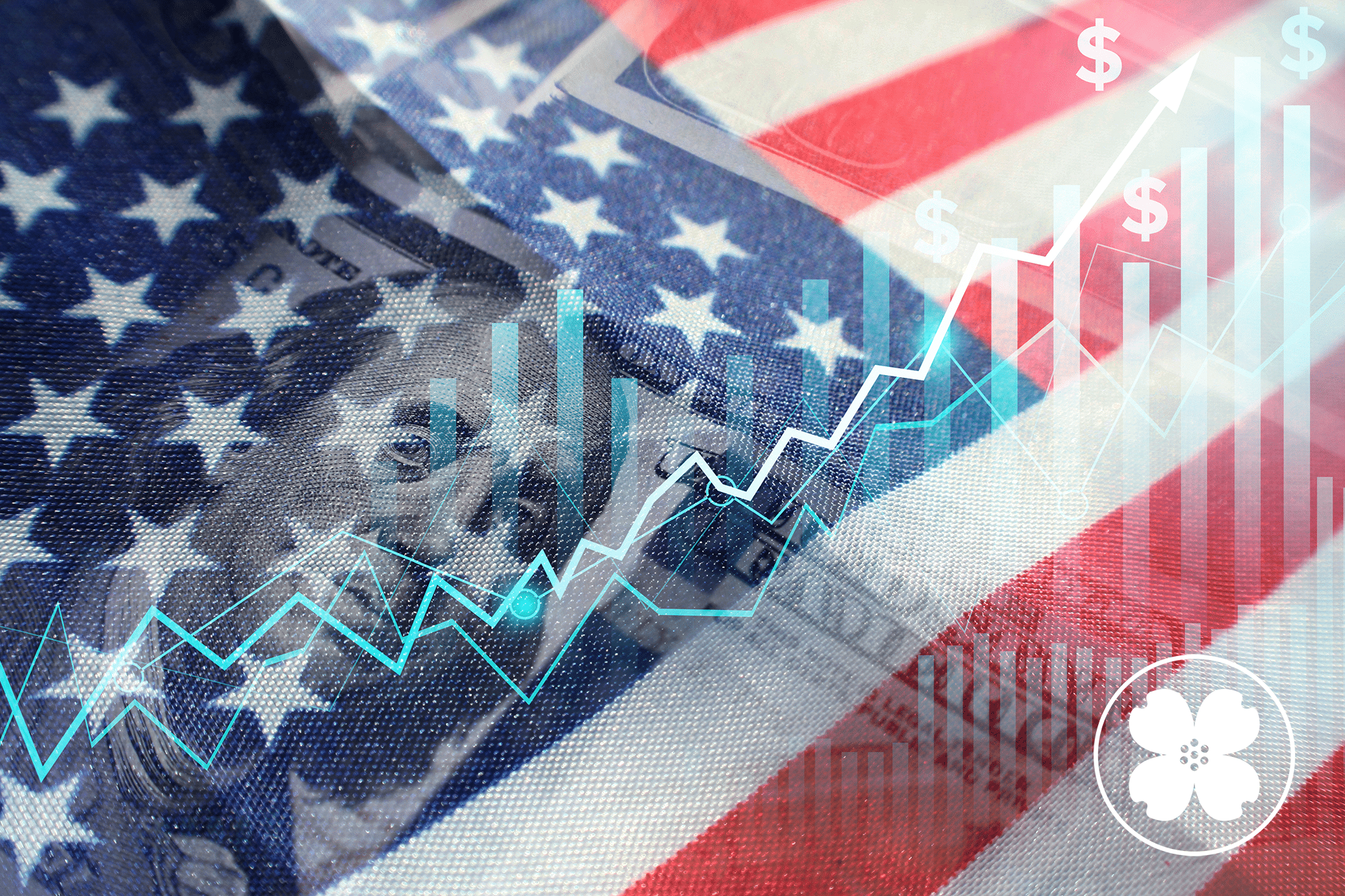While elections can certainly be an emotional time, they are not the time to make drastic investment decisions based solely on election outcomes.

Baby boomers are the wealthiest generation in history, worth approximately $48 trillion.1 Over the coming decades, their wealth will be passed on to Gen Xers and Millennials. At the same time, veteran wealth managers are stepping into retirement. With wealth and the management of that wealth in transition, so too are the drivers behind investment decisions.
In today’s economy, cultural and socio-economic issues have given the consumer and individual investor a voice in corporate boardrooms. Large mutual fund managers and pension funds are taking their clients’ environmental, social and governance (ESG) concerns and demanding implementation of better corporate practices. In the modern world, well-run companies that manage ESG risks have a better chance at securing financing to fund future growth.
ESG encompasses factors such as how a company manages its carbon emissions, uses of renewable energy, fair trade ingredient sourcing, workforce development and labor standards, equal pay initiatives and anticorruption practices, to name a few. The E, S and G are referred to as “sustainability” initiatives and help tell the story of how a company will remain competitive in the future.
For investors, ESG risk analysis serves as a framework and overlay to traditional security analysis that dives much deeper into a company’s operations. These risks may be hard to quantify because they do not typically show up on financial statements. Companies that fail to mitigate ESG risks could experience a lasting and meaningful impact on their bottom lines and fail to attract capital from the new investors.
A seismic shift toward ESG-focused strategies is underway. At the beginning of 2018, it was estimated that $12 trillion of managed assets in the U.S. had implemented ESG screens. This figure is up $4 trillion from 2016 and $8 trillion from 2012.2 Mutual fund companies have seen record inflows over the last three years into ESG strategies. In 2018, the number of available ESG-focused mutual funds and ETFs jumped by nearly 50%.3
A large study on over 2,000 ESG portfolios showed that returns are comparable with non-ESG focused portfolios. The study further found that 88% of companies with sustainability practices had better operational performance and cash flow. Out of the eleven GICS sectors, nine showed lower earnings volatility from stocks with high ESG scores. Overall, 90% of the results showed that sustainability initiatives had a neutral or positive effect on investment returns.4
As indicated in the table below, sustainability funds competed well against their non-ESG counterparts.5

The fixed income side of ESG investing is also gaining momentum. Social and green bonds pay fixed interest like traditional bonds and go toward funding environmental projects and social impact themes. In 2016, inflows into social bonds totaled $2.4 billion. In 2018, however, social bonds took in $13.4 billion; a tremendous increase in just three years. Year-to-date through August, social and green bonds have attracted about $8.4 billion, with only 6% coming from the United States.6
Impact bonds, on the other hand, are smaller in scope and are issued by nonprofits and foundations with the investor’s return being commensurate with the profitability of the underlying project.
In 2016, the Atlanta Falcons built its new Mercedes-Benz Stadium with $850 million in total financing. Approximately two-thirds of the funding was financed by private placement green bonds. Among other features, the green bonds helped fund the venue’s 4,000 solar PV panels, over 82,000 square feet of LED lighting with an energy usage reduction of 60%, and its use of 47% less water than baseline standards set forth by EPAct 1992.7
The United Nations has been a large contributor to the cause. The U.N. supports the Principles for Responsible Investing (PRI) initiative, which began back in 2005 to encourage wealth managers across the globe to consider ESG criteria when making investment decisions. Today, the initiative has over 2,300 signatories with $82 trillion in assets under management worldwide.8
In Europe, public companies with over 500 employees are required to report on ESG factors. Out of 95 stock exchanges worldwide, 86 are members of the Sustainable Stock Exchanges, which had just six member exchanges in 2012. Seven of these stock exchanges now require member companies to report ESG factors. 9
The United States is somewhat behind the curve when it comes to ESG reporting. The NASDAQ issued limited guidance on ESG reporting in 2017. This guidance was revised just this past May to fit a greater audience of member companies. While a little late to the scene, a strong push by investors will likely continue to propel the ESG movement forward in the U.S. in the years ahead.10
The expectation is not necessarily for ESG portfolios to outperform non-ESG portfolios; but rather for investors to match their personal values with competitive returns while creating a better world in which to retire. Companies must embrace ESG factors if they want to attract capital and remain competitive in the modern world.
Central Trust Company offers a comprehensive ESG portfolio suite that may better align with your values. To learn more on this topic and other portfolio information, please feel free to contact us.
Works Cited
- Associates, C. (2018). The Great Wealth Transfer. Retrieved from Cerulli Associates: https://info.cerulli.com/HNW-Transfer-of-Wealth-Cerulli.html
- SIF, US. (2018). Report on US Sustainable, Responsible and Impact Investing Trends. Washington, DC: US SIFcontact.
- Hale, J. (2019). Sustainable Funds U.S. Landscape Report. Chicago: Morningstar.
- Dutram, E. (2019, April 8). Debunking 5 ESG Investing Myths. Retrieved from DWS.com: https://www.dws.com/en-us/insights/blogs/debunking-5-esg-investing-myths/
- Lefkovitz, D. (2018). Does Investing Sustainably Mean Sacrificing Return? London: Morningstar.
- Holger, D. (2019, September 23). Bonds That Do Good, And, Perhaps, Well. Wall Street Journal, p. R10.
- Mercedes-Benz Stadium. (2019, November 22). Sustainability. Retrieved from Mercedes-Bens Stadium: https://mercedesbenzstadium.com/sustainability/
- United Nations. (2019, November 22). Principles for Responsible Investment. Retrieved from UN PRI: https://www.unpri.org/pri/about-the-pri
- Global Reporting Initiative. (2019, November 22). GRI Empowering Sustainable Decisions. Retrieved from Sustainability Reporting in the European Union: https://www.globalreporting.org/information/policy/Pages/EUpolicy.aspx
- NASDAQ. (2019, November 22). NASDAQ ESG Reporting Guide. Retrieved from https://www.nasdaq.com/ESG-Guide


